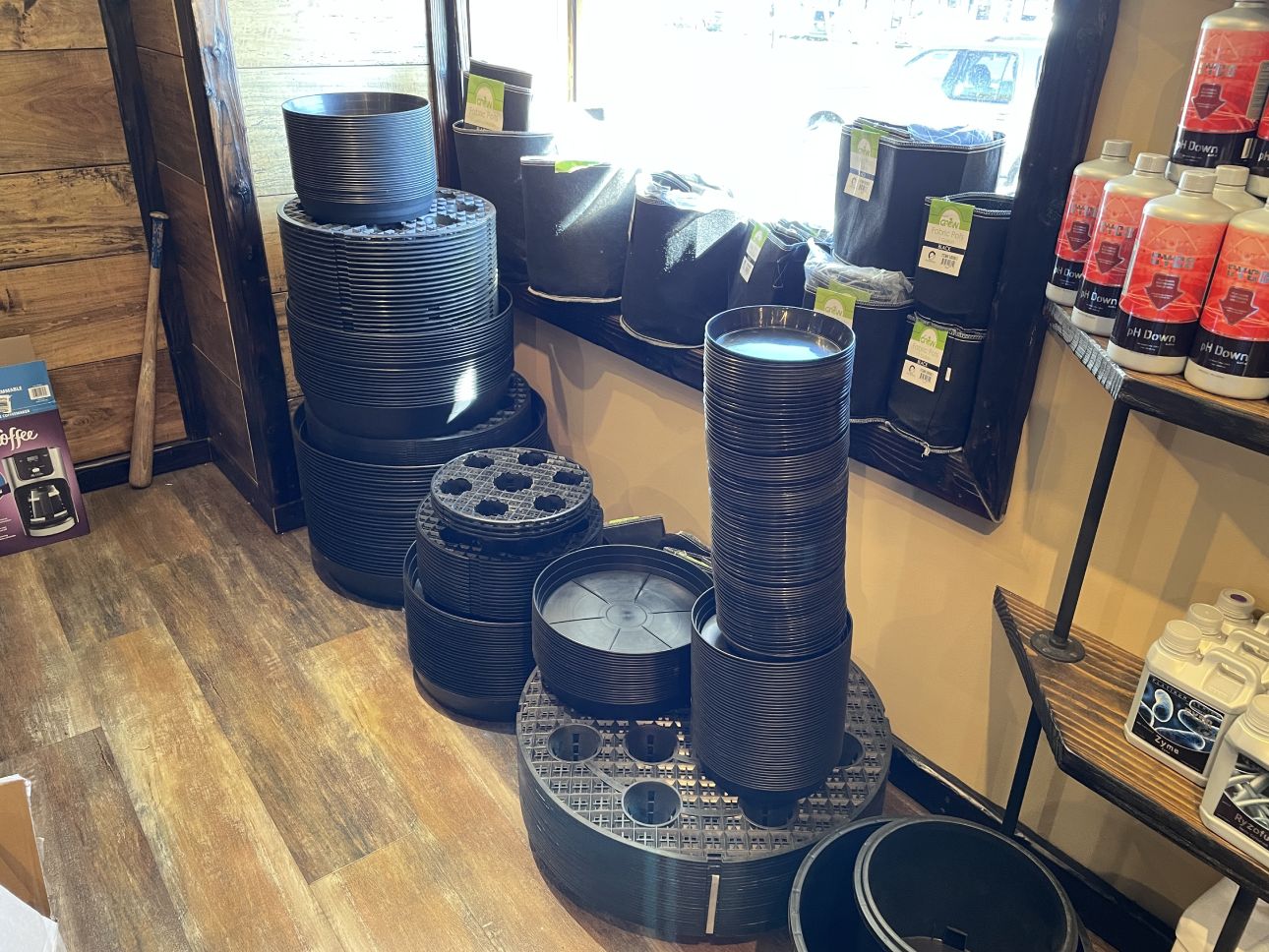Unlocking the Possible of Hydroponics: Understanding Its Utilizes and Various Kinds
Hydroponics, a technique of growing plants without soil, has gathered raising attention for its possible to revolutionize farming and horticulture methods. The accuracy control over nutrient distribution, water usage, and ecological factors provides a look right into a future where food manufacturing can be optimized in various settings. As we navigate with the complex landscape of hydroponic systems and strategies, it comes to be evident that each method holds unique advantages and restrictions. By unraveling the diverse uses and types of hydroponics, we can uncover a world of possibilities that may reshape how we visualize sustainable farming and gardening practices.
Advantages of Hydroponic Equipments

Another advantage of hydroponic systems is the ability to grow plants in a smaller sized space. By eliminating the need for soil, plants can be expanded up and down or in stacked systems, optimizing making use of available area. This is especially helpful in city locations or areas with restricted arable land. Hydroponic systems reduce the risk of soil-borne diseases and pests, as there is no dirt to harbor these risks. This results in healthier plants and decreases the demand for unsafe chemicals, making hydroponic farming a much more ecologically friendly and sustainable alternative.
Common Makes Use Of in Farming

Provided the reliable water preservation and space-saving benefits of hydroponic systems, it appears that these ingenious farming techniques have discovered usual usages in numerous markets of farming. In standard farming, soil-based farming can be labor-intensive and land-consuming. Hydroponics offers a service by enabling plants to be expanded without soil, decreasing water usage by as much as 90% compared to traditional farming approaches. This makes hydroponics specifically ideal for areas encountering water shortage or restricted cultivatable land. In addition, the regulated setting of hydroponic systems allows year-round farming, giving a regular supply of fresh produce regardless of exterior weather condition conditions.
Hydroponics is commonly utilized for expanding a selection of crops, including leafy eco-friendlies, tomatoes, cucumbers, strawberries, peppers, and herbs. Furthermore, hydroponic systems are used in research study and academic settings to examine plant growth, cultivation, and nutrition methods.
Exploring Different Hydroponic Techniques
Hydroponic systems offer a variety of methods that provide to different plant types and growing goals. In addition, the Ebb and Flow system, likewise understood as the Flood and Drainpipe system, intermittently floodings the plant origins with nutrient service, allowing for oxygenation throughout draining durations. Each of these discover this info here techniques showcases the convenience and performance of hydroponic systems in enhancing plant development and return.
Comparing Different Hydroponic Systems
Discovering the effectiveness and yield improvement strategies in hydroponics leads us to compare numerous hydroponic systems available for crop cultivation. Each hydroponic system has its special functions, benefits, and restrictions, making it vital for farmers to select the most ideal system based on their particular requirements and restrictions.
Among the most typical hydroponic systems is the nutrient film strategy (NFT), where a slim movie of nutrient solution constantly moves over the plant roots. This system is treasured for its water efficiency and suitability for expanding leafy greens and herbs. On the other hand, the deep water culture (DWC) system immerses plant origins directly into the nutrient browse around these guys remedy, giving ample oxygen and nutrients. The DWC system is cost-efficient and relatively easy, making it a prominent option for newbies.
One more prominent hydroponic system is the ebb and flow (or flooding and drainpipe) system, which regularly floods the plant origins with nutrient option before draining it. By understanding the distinctions in between these hydroponic systems, farmers can make informed choices to take full advantage of crop return and quality.
Innovations in Hydroponic Modern Technology
One crucial technology is the development of smart hydroponic systems that use sensors and automation to keep an eye on and readjust environmental conditions such as pH levels, nutrient concentrations, and light direct exposure in real-time. These systems make it possible for specific control over growing conditions, leading to ideal plant development and greater plant returns.
Another noteworthy innovation is the integration of vertical farming methods with hydroponic systems, permitting the cultivation of plants home in piled layers. This upright approach optimizes room application, making it excellent for city settings where land schedule is restricted - The Indoor Earthworm. Furthermore, making use of sophisticated LED illumination systems tailored to certain plant demands has improved energy performance and enhanced development prices in hydroponic configurations
Technologies like these are driving the advancement of hydroponics, making it a lasting and extremely attractive alternative for contemporary agriculture.
Verdict
Finally, hydroponics offers countless benefits in agriculture and has numerous methods and systems that can be utilized to optimize its possibility. Advancements in hydroponic innovation proceed to boost efficiency and sustainability in food manufacturing. By comprehending the usages and different kinds of hydroponic systems, farmers and cultivators can open the full potential of this ingenious method of expanding plants without dirt.
Furthermore, hydroponic systems allow for much better control over nutrient levels, pH equilibrium, and environmental problems, leading to much healthier plants and higher yields.
